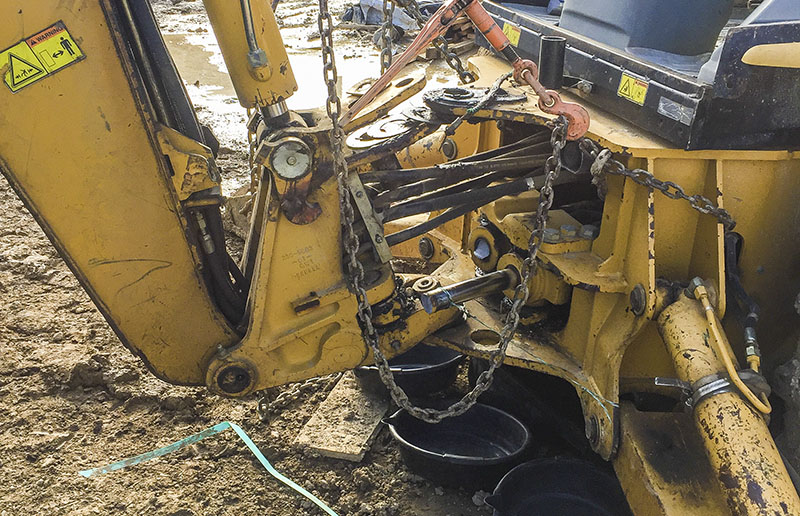Unscheduled construction machinery downtime can create greater issues than just damaged or unreliable equipment. Downtime refers to any event in which work is stopped or delayed due to unforeseen machinery damages or failures. Issues of downtime include unnecessary costs of replacing and repairing equipment along with the costs of keeping a construction site open without any operations being able to take place.
Construction delays can be extremely costly within, so it is essential to have the necessary preventative actions in place to minimize the risk of downtime and how to restart construction as quickly as possible.
Issues with downtime exceed the hassle and expenses of damaged or unreliable equipment; it affects overall efficiency and increases unnecessary costs.
Below are some tips that can ensure you minimize downtime and remain on schedule in terms of delivering the project.
Regular maintenance of equipment
Having scheduled and regular maintenance helps prevent unscheduled downtime from occurring. It also ensures that all equipment being used remains functioning at a high standard and working to maximum efficiency.
Routine maintenance allows equipment to be updated, improving competitiveness along with increasing efficiency. Regular updates in technology and machinery used to minimize waste and inefficient working methods.
Optimize planned downtime
It is crucial that you optimize planned downtime. Planned downtime provides you the time to check the operating of machinery along with the ability to make the necessary repairs and maintenance. Scheduled or planned downtime is a great time to perform a Risk Audit.
A risk audit allows you to identify the probability of unplanned downtime occurring. They are beneficial as you can identify potential issues as well as taking the necessary method to rectify the potential problem
Preventative maintenance will reduce the risk of unplanned downtime occurring. Determining the condition and status of each piece of equipment not only improves efficiency but also provides you with the time needed to make the necessary improvements and alterations to declining machinery.
Involve your employees
Your employees are often the ones who are using the machines and overseeing production. Therefore it is essential they are fully trained on all equipment. Include employees in the discussion on downtime as they often notice things that may be missed in reports or how the machines can work more efficiently.
Having employees included in the discussion of downtime also allows them to have greater knowledge and skills to prevent downtime occurring. This can also be used as a preventative measure, with adequate training; employees can alert and prevent damages from happening that would result in downtime.
Backups are important
Downtime inhibits the ability of a construction site to operate and is typically due to unreliable or damaged machinery. Therefore, backups are essential to reducing the length of the downtime period. Either having backup machines, spare parts or alternative methods available, will save time and allow you to restart work quickly.
When downtime occurs, it is important to be prepared, to have a strategy in place to ensure that operations can restart as soon as possible. Downtime cannot always be avoided, but by taking the necessary steps the probability and length of downtime can be limited.

